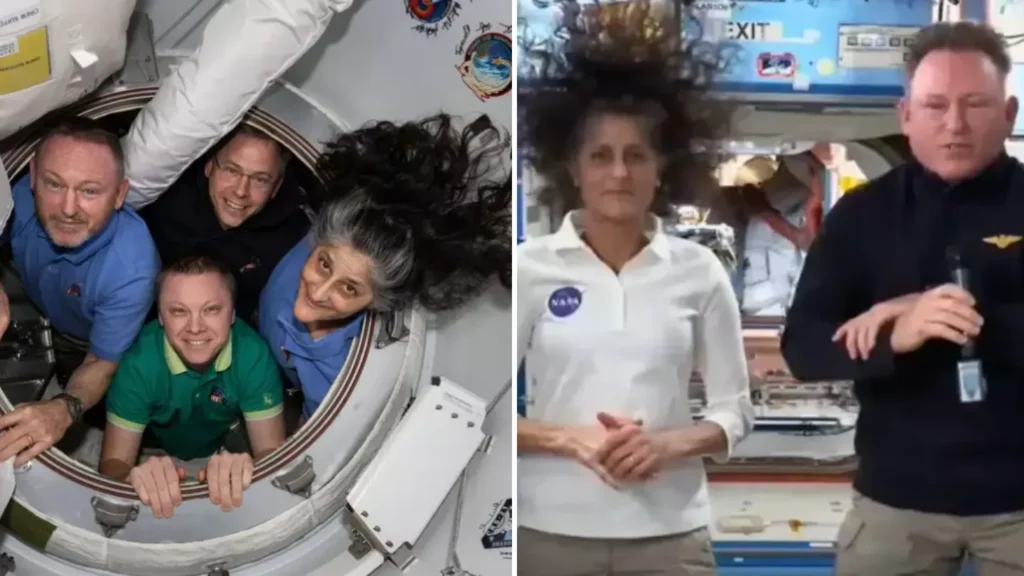The extended time two NASA astronauts spent on the International Space Station has exposed them to possible permanent space travel side effects.
Eye health experts volunteer new information about vision damage as a severe and enduring effect that persists in astronauts after their orbital experience.
The Crew-9 mission team members Suni Williams and Butch Wilmore started their NASA assignment for only eight days until technical issues forced them to remain in space for more than nine months.
The prolonged system issues forced the astronauts to drift in weightless space conditions for longer than nine months until their successful Earth return took place this week.
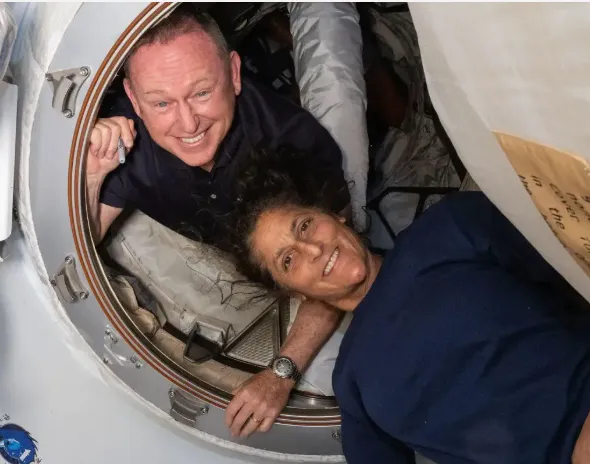
Credit: (NASA)
The human physique developed for survival under gravity conditions ends up causing multiple physiological problems when gravity exposure stops for extended periods. This mainly affects how fluids distribute throughout the body.
According to Tina Patel who works as a contact lens optician and eye health expert at Feel Good Contacts fluid in the body moves towards the upper regions when people experience zero gravity.
The condition known as Spaceflight-Associated Neuro-Ocular Syndrome (SANS) flattens the skull interior which results in severe vision modifications among astronauts.
According to Patel: “Time spent in microgravity conditions leads to changes in astronaut eye structures as well as tests their endurance.”
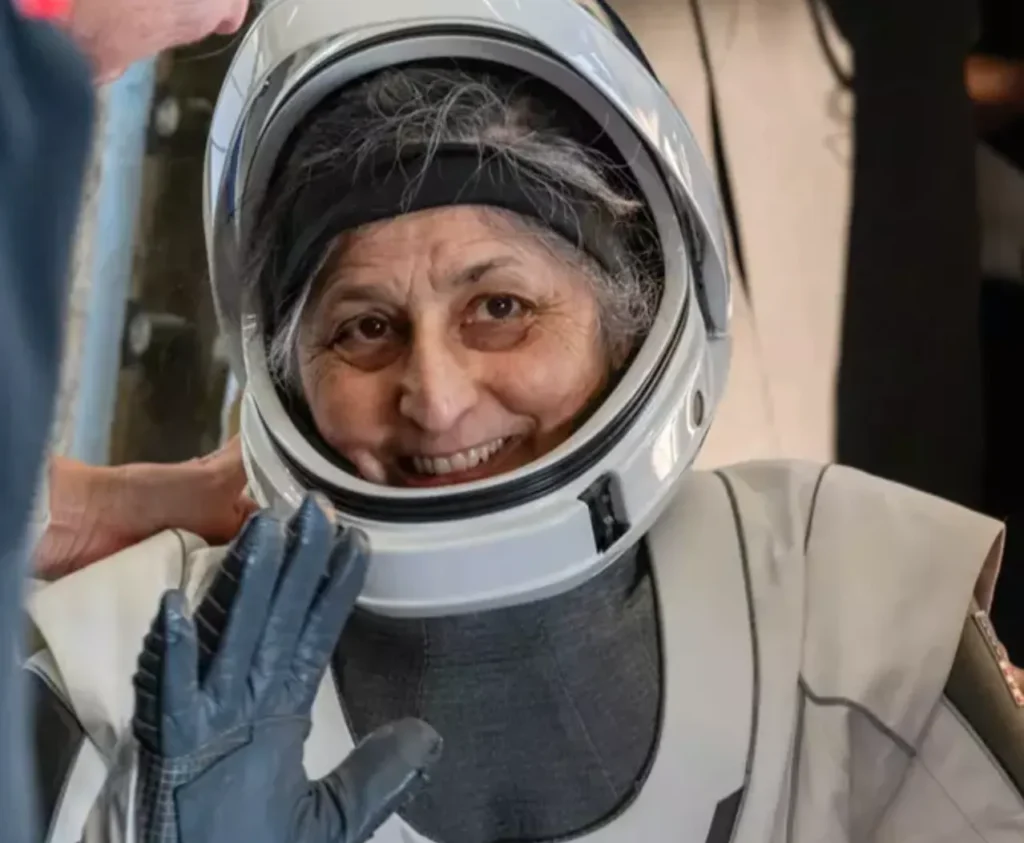
“This can flatten the back of the eye, change its shape, and in some cases lead to swelling of the optic nerve, a condition called papilledema,” she added.
Such structural modifications frequently create visual impairment together with focus problems while potentially leading to permanent dimming of vision clarity.
The research shows that cosmic radiation may damage retinas and promote eye aging yet more studies are needed.
The medical professionals who monitor returning astronauts conduct thorough tests which feature optical coherence tomography (OCT) scans to determine any harm in their eyes.
“Some recover with prescription lenses, while others need continuous monitoring due to lingering nerve swelling,” Patel said.

The National Aeronautics and Space Administration conducts current examinations of protective methods against such damage through suits using negative pressure to push fluids toward the ground for simulation of weightlessness.
Multiple specialists research and develop eye training programs and medical techniques for post-space mission recovery support.
Recent prevention efforts have proven insufficient to quicken post-flight recovery for every astronaut.
Medical recovery may last weeks or months but in specific cases the damage to the body remains permanent.
“Structural changes to the eye appear to be permanent in certain cases,” Patel warned.
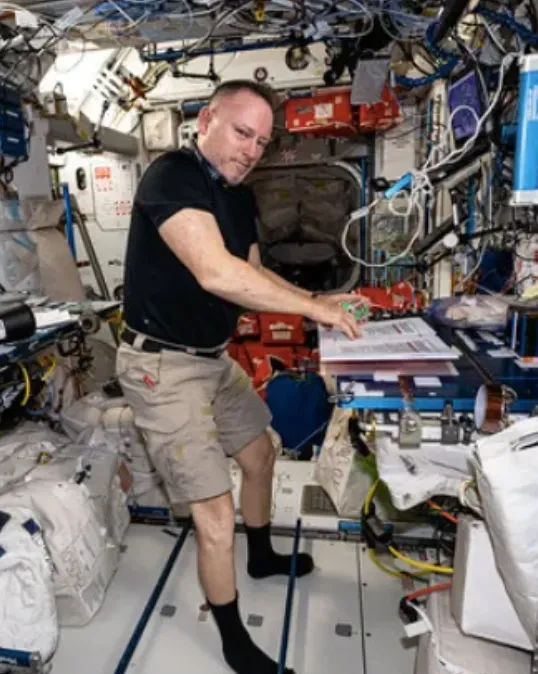
Medical professionals express deep worry regarding Mars exploration because astronauts will not have immediate access to proper healthcare.
But perhaps the most chilling part?
Medico-ophthalmological research shows that Williams and Wilmore probably endured long-lasting eyesight deterioration during their 278-day space mission.
Human-endurance testing from a short space mission became an enduring test that risks permanent health damage for the astronauts.
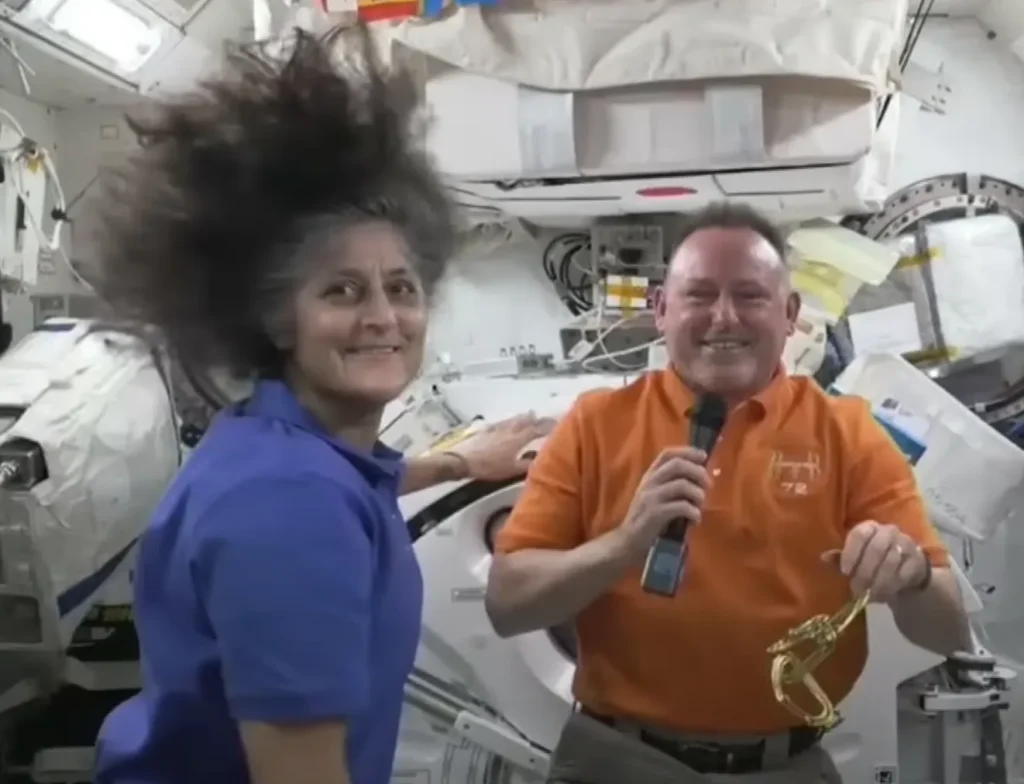
Modern research about astronaut recovery through continued vision monitoring will teach us about how much it costs to pursue space exploration.
Feature Image Credit: (NASA)
